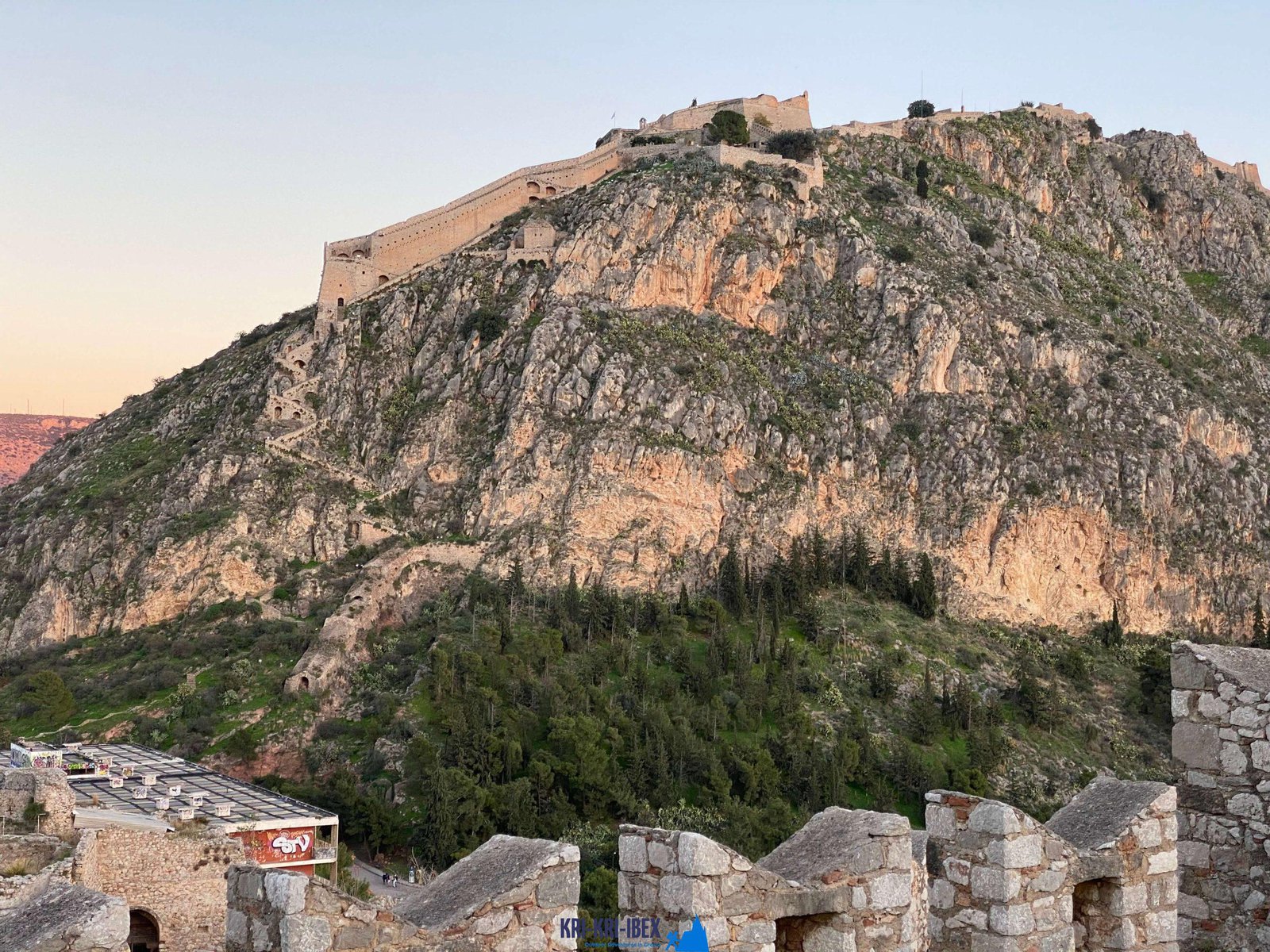Appreciate a distinct experience on Sapientza Island, Greece
Appreciate a distinct experience on Sapientza Island, Greece
Blog Article

Hunting for Kri Kri ibex in Greece is an interesting searching and also an amazing getaway expedition all rolled right into one. For the majority of seekers, ibex hunting is a challenging undertaking with unpleasant problems, however not in this instance! During five days of touring old Greece, diving to shipwrecks, as well as spearing, you'll experience lovely Kri Kri ibex on an exotic island. What else could you want?

This Ibex is NOT a small type of the Bezoar Ibex, which has moved into the western-most reach of the variety of this types. The kri-kri (Capra aegagrus cretica), likewise called the Cretan goat, Agrimi, or Cretan Ibex, is a native goat types inhabiting the eastern Mediterranean, which was once believed to be a subspecies of wild goat. This kri-kri is a feral goat with a light brown layer with a dark collar. They have two sweeping horns on their heads. During the day, they relax and also stay clear of site visitors, staying clear of travelers. The kri-kri can leap a long way or range seemingly upright high cliffs.
What to Expect on a Peloponnese Tour? When you schedule among our searching as well as visiting Peloponnese Tours from Methoni, you can expect to be blown away by the all-natural charm of the area. From the immaculate coastlines to the hills as well as woodlands, there is something for every person to enjoy in the Peloponnese. On top of that, you will have the chance to taste some of the most effective food that Greece has to provide. Greek cuisine is renowned for being fresh as well as delicious, and you will most definitely not be dissatisfied. One of the most effective components concerning our excursions is that they are developed to be both enjoyable and also educational. You will learn about Greek history and also society while also reaching experience it firsthand. This is an outstanding opportunity to submerse on your own in everything that Greece needs to use.
So if you are seeking an authentic Greek experience away from the stress of tourism after that look no more than Methoni in The Peloponnesos! Our outdoor searching for Kri Kri ibex, fishing, totally free diving as well as visiting Peloponnese excursions from Methoni are the best way to explore this gorgeous area at your very own rate with like minded individuals. Contact us today to reserve your place on one of our trips.
What is the diference between Kri Kri ibex, Bezoar ibex and hybrid ibex
The kri-kri is not thought to be indigenous to Crete, most likely having been imported to the island during the time of the Minoan civilization. Nevertheless, it is found nowhere else and is therefore endemic to Crete. It was common throughout the Aegean but the peaks of the 8,000 ft (2,400 m) White Mountains of Western Crete are their last strongholds–particularly a series of almost vertical 3,000 ft (900 m) cliffs called ‘the Untrodden’—at the head of the Samaria Gorge. This mountain range, which hosts another 14 endemic animal species, is protected as a UNESCO Biosphere Reserve. In total, their range extends to the White Mountains, the Samaria National Forest and the islets of Dia, Thodorou, and Agii Pandes.
This Ibex is NOT a diminutive form of the Bezoar Ibex, which has migrated into the western-most reach of the range of this species. The kri – kri (Capra aegagrus cretica), sometimes called the Cretan goat, Agrimi, or Cretan Ibex, is a feral goat inhabiting the Eastern Mediterranean, previously considered a subspecies of wild goat. The kri-kri has a light brownish coat with a darker band around its neck. It has two horns that sweep back from the head. In the wild they are shy and avoid tourists, resting during the day. The animal can leap some distance or climb seemingly sheer cliffs.
“The agrimi goat Capra aegagrus cretica is unique to Crete and its offshore islands. It has been identi®ed as a sub-species of the wild bezoar goat Capra aegagrus aegagrus Erxleben, 1777, which it closely resembles in horn shape, body form and coloration. This classi®cation has been disputed by some researchers who claim that the agrimi are feral goats, derived from early domestic stock brought to the island by the ®rst Neolithic settlers. In order to clarify this issue, DNA analyses (cytochrome b and D loop sequences) were carried out on tissue of live and skeletonized agrimi and compared to sequences of wild and domestic caprines. Results conclusively show the agrimi to be a feral animal, that clades with domestic goats (Capra hircus) rather than with wild Asiatic bezoar. This study demonstrates that morphometric criteria do not necessarily re¯ect genetic af®nities, and that the taxonomic classi®cation of agrimi should be revised.”
Report this page